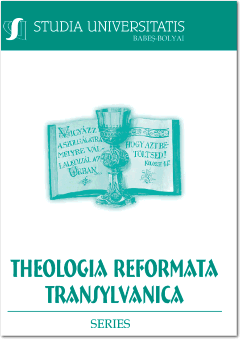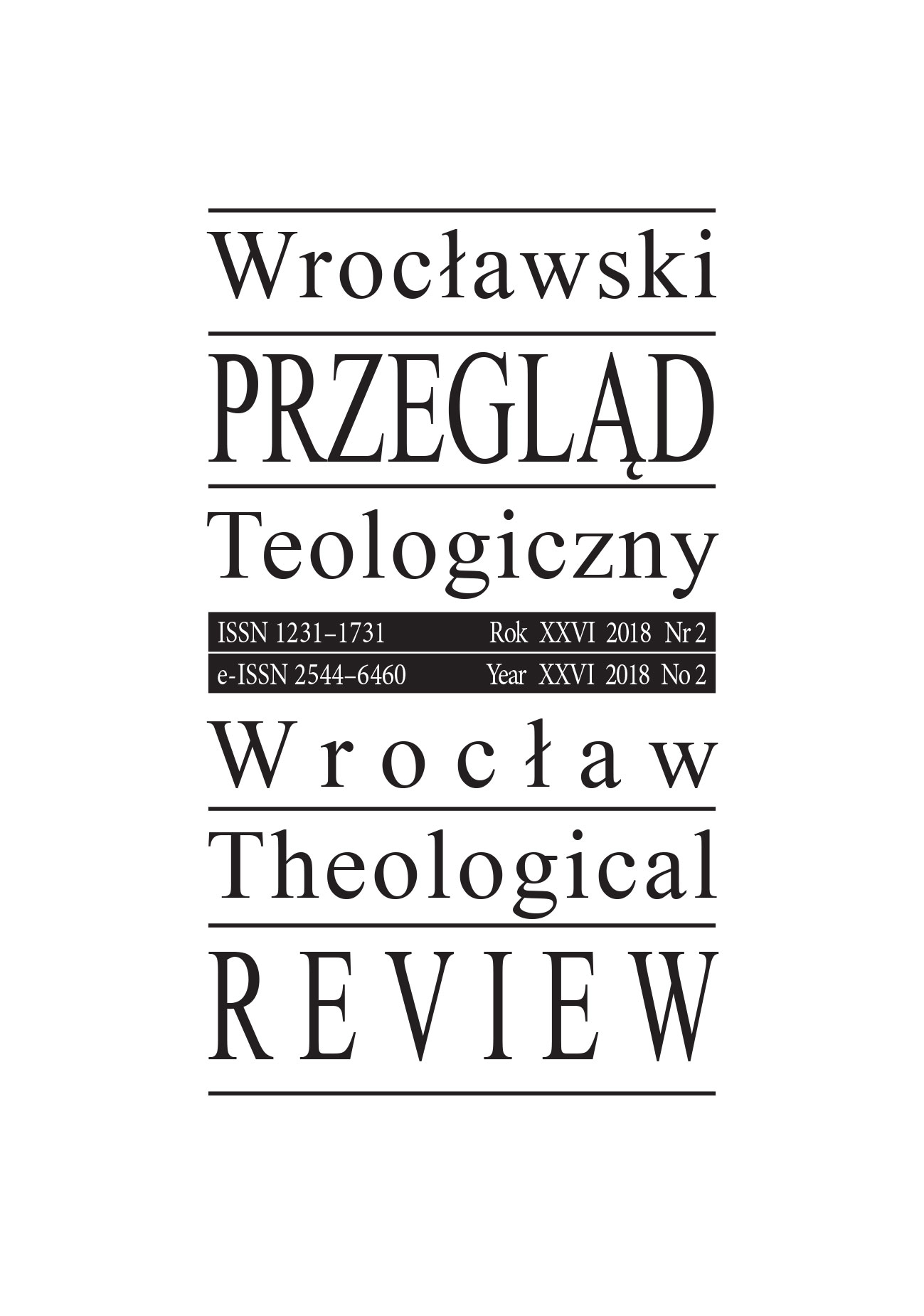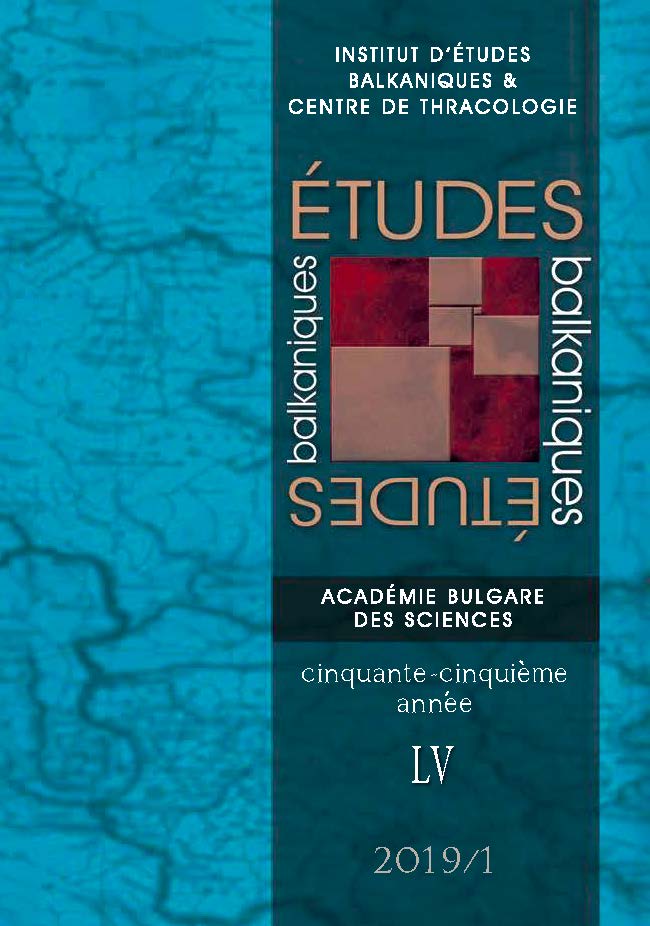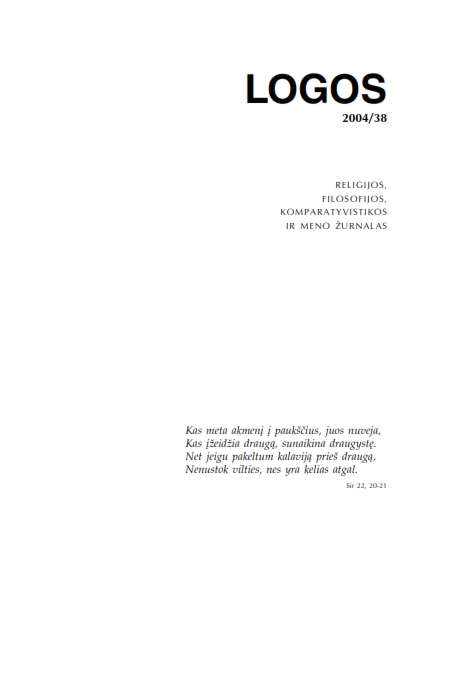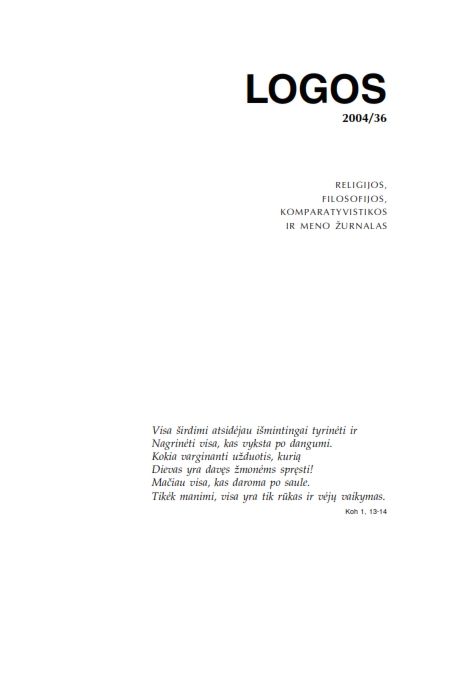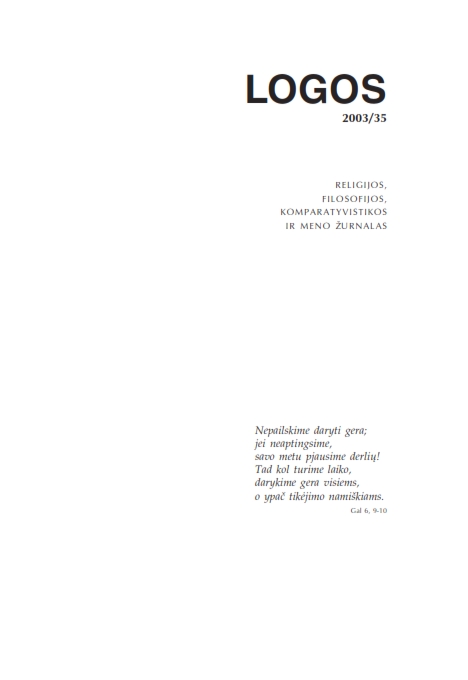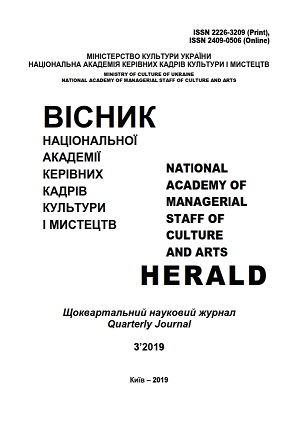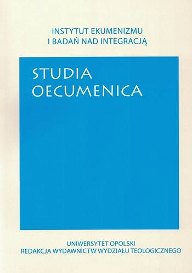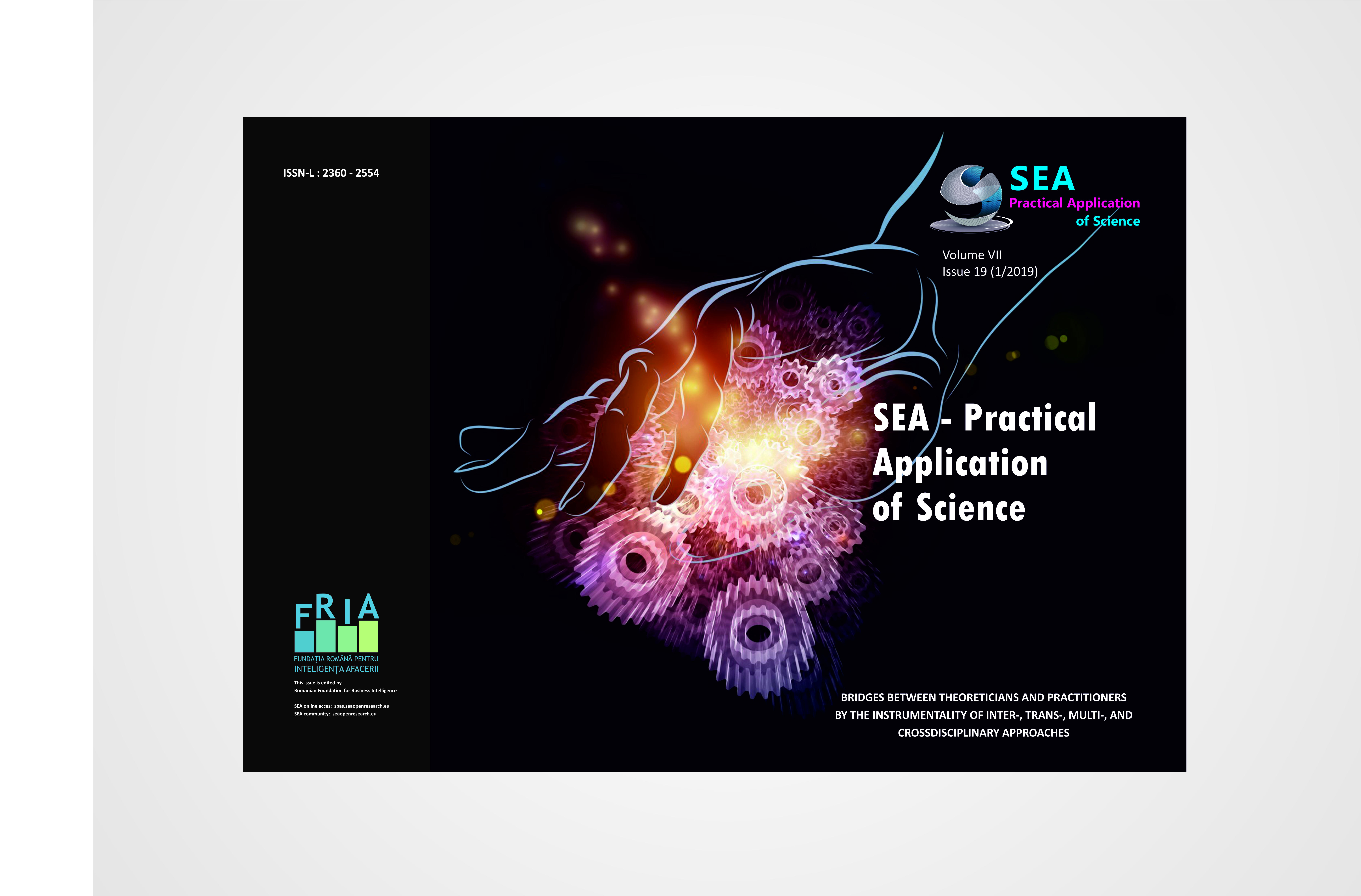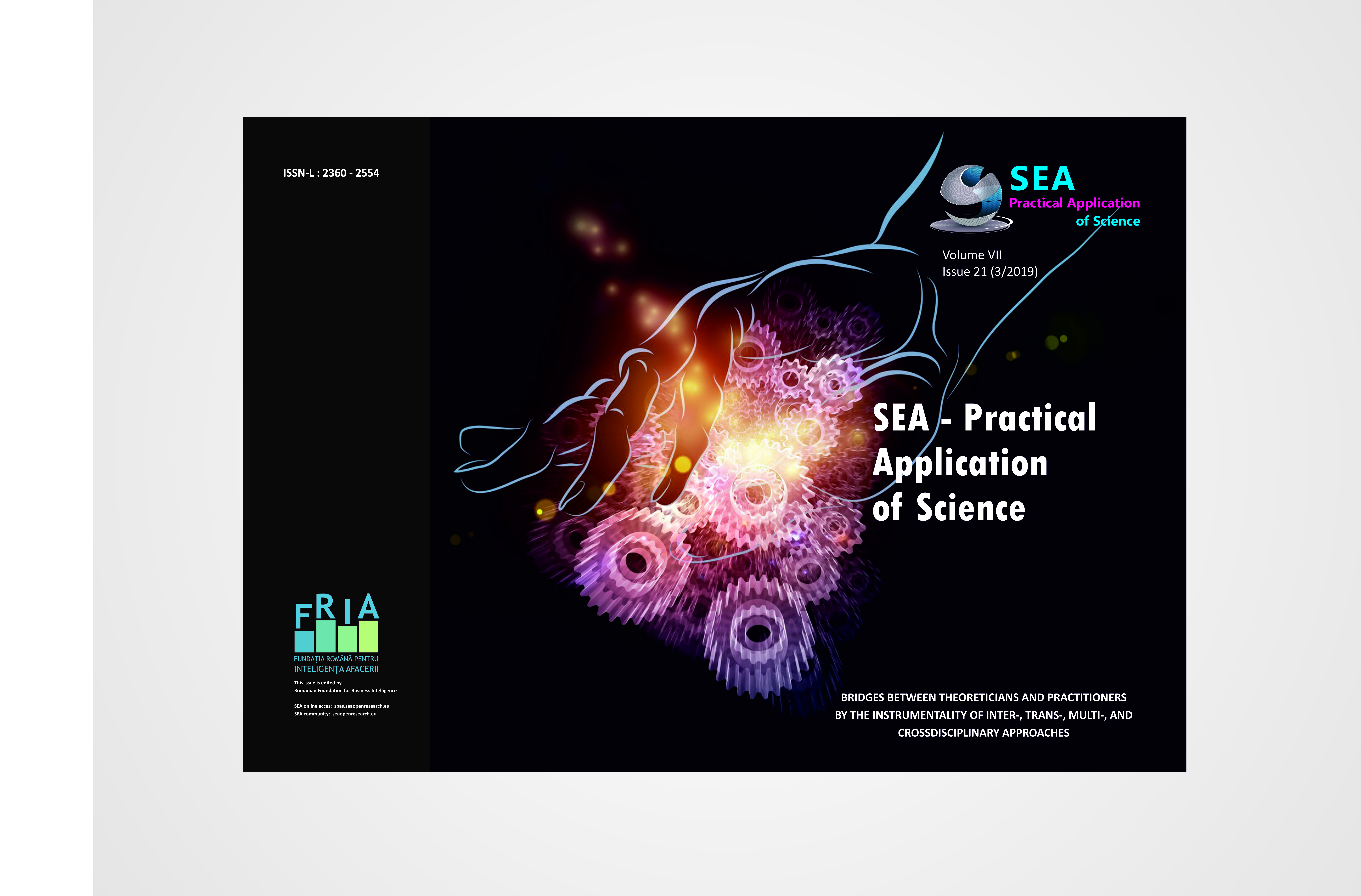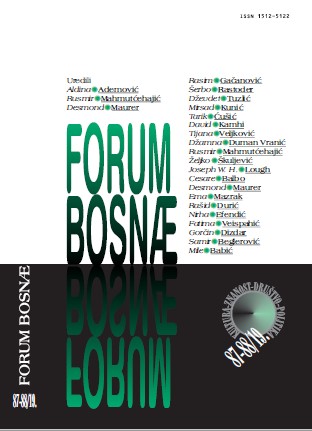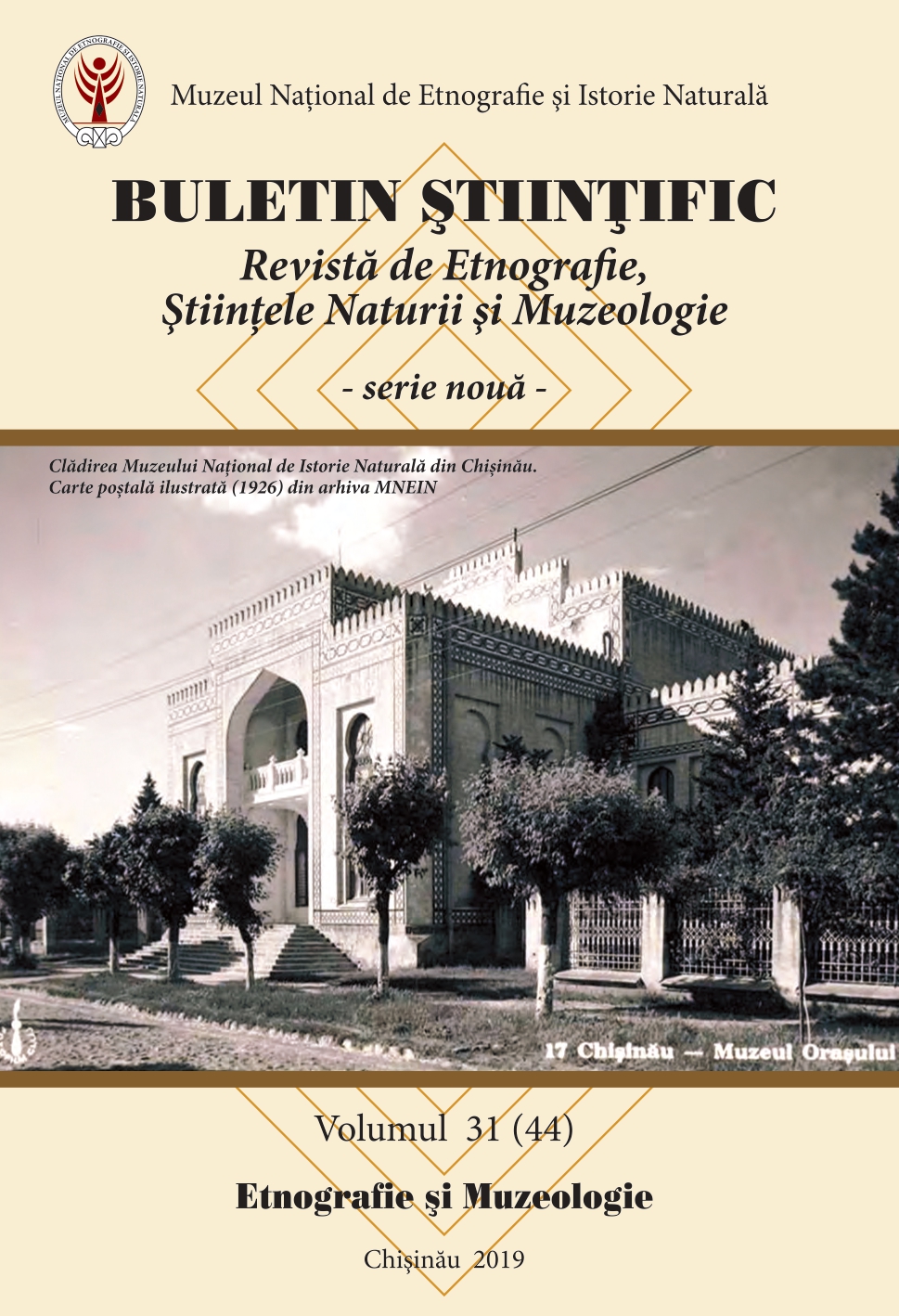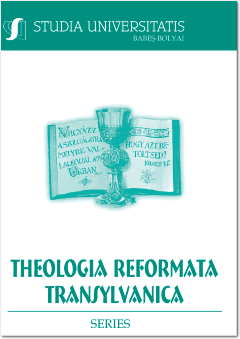
VERSENGÉS EGY ISKOLÁÉRT – AVAGY HOGYAN LETT KOMÁROMÉ A REFORMÁTUS TANÍTÓKÉPZŐ-INTÉZET A KÉT VILÁGHÁBORÚ KÖZÖTT
This study examines the multiple problem of teacher education in the Reformed Church after the first world war. There were several teacher training colleges in the Austro-Hungarian Empire, where Reformed teachers studied, too. Of course the Reformed Church had its own teacher training colleges as well. On that score the supply of Reformed teachers in the Church was guaranteed. However, at the end of 1910, the General Convent of Hungarian Reformed Church reported the lack of teachers, especially on the northern part of the country. In the 1920´s Pálóczi Czinke István wrote a Memorandum to the prime minister. In that Memorandum he depicted all the thwarting in the Reformed Church, which were caused by Treaty of Trianon. Additionally, he submitted all the rightful demands of the Reformed Church in Czechoslovak Republic. One of these demands was the need of a Reformed teacher training college. Pálóczi Czinke István further subjected to the prime minister the necessity of the grant-in-aid from the government for Church institutions. The very first supporter of the teacher training college was Károly Patay, the chairman of the educational commission of the Convent. In 1922, on the seating of General Convent in Pozsony, the Convent decided that the teacher training college should be established in Komárom. At that time nobody would ever presumed that the Congregation of Komárom had to emulate for the college with the Congregation of Érsekújvár, then with the Congregation of Rimaszombat, and finally, in 1938 with the Congregation of Léva. Finally, Komárom got the right of establishment of the Reformed teacher training college.
More...
